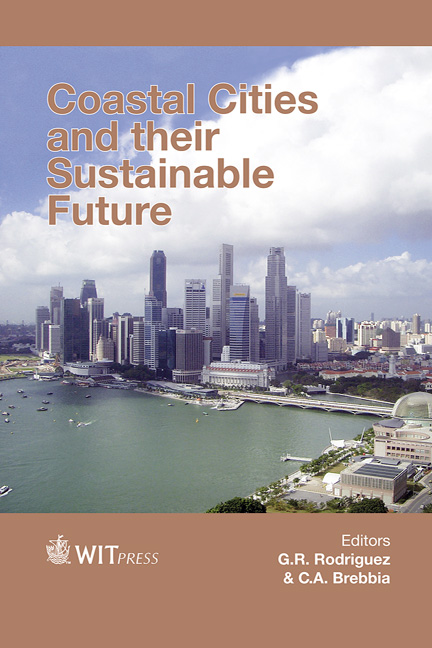Use Of A Floating Breakwater System As An Environmentally Friendly Method Of Coastal Shelter
Price
Free (open access)
Transaction
Volume
148
Pages
10
Page Range
309 - 318
Published
2015
Size
589 kb
Paper DOI
10.2495/CC150261
Copyright
WIT Press
Author(s)
H. M. Teh, M. S. M. Azizan, V. J. Kurian, A. M. Hashim
Abstract
Floating breakwaters are known as environmentally-friendly methods of coastal shelter due to the fact that they pose minimum interruption to water circulation and sediment transport. However, the majority of them are strong wave reflectors, directing wave energy to the seaward and resulting in confusing sea state at the seaward side. This research aimed to quantify the wave transmission, wave reflection and energy loss by the H-type floating breakwater via physical modelling. The performance characteristics of the breakwater were measured by the coefficient of transmission, reflection and energy loss. The coefficients were related to a dimensionless wave parameter and the relative immersion depth of breakwater. The experimental results showed that the H-type floating breakwater is a good anti-reflection structure and an effective energy dissipater. The hydraulic performance of the breakwater was more controlled by the relative breakwater immersion depth than the wave parameter.
Keywords
floating breakwaters, wave transmission, wave reflection, energy loss





